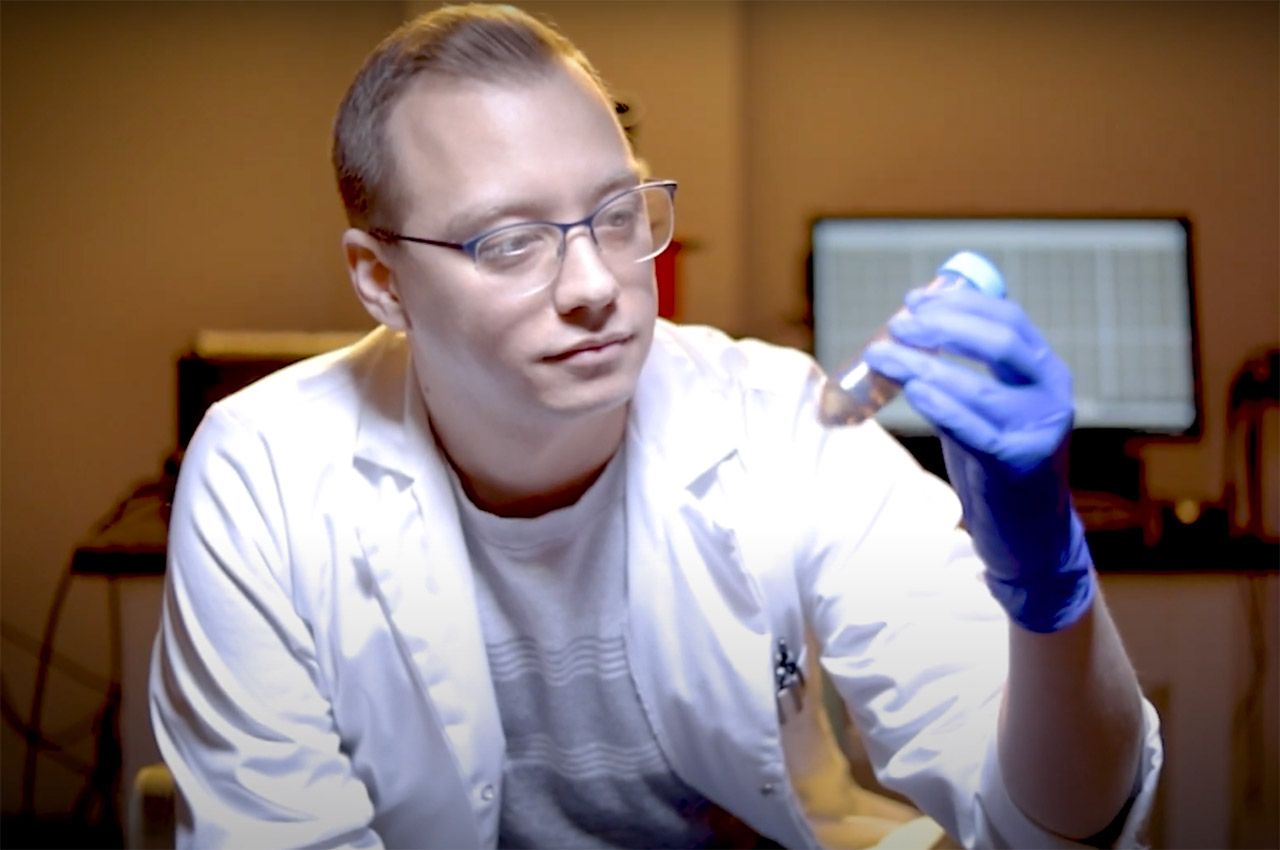Informing Agricultural Practices Through Computational Genomics

TRANSCRIPT
Dakota Bunn (Ph.D. BIOL Candidate): My name is Dakota Bunn, and I am a fourth-year doctoral candidate in the biology program.
The research I'm working on right now is involving the western bean cutworm, which is a type of moth. And in its caterpillar stage, it's a pest of both corn and dry beans.
What we're looking at are ways to try and better understand the moth so it can be interpreted into pest control later on.
The first thing we did was start by figuring out how the population is structured, so we looked at the adult moths and we determined if they developed on dry beans or corn based off of their carbon isotope ratios. We took the wings and the heads and we used stable carbon isotope analysis to determine what type of isotopic signatures were present in the adult moth, and then we can compare those to the isotopic signatures that we would receive from corn or dry beans to determine what it most likely fed on as larvae.
So this research could change the way that we manage our crops, specifically in regards to Noctuid moths that are more resistant to the transgenic corn variants and the insecticides that we currently use.
I grew up around farmers and in the agricultural community, and I've been able to use my research to help inform current agricultural practices already, and so you're discovering something new every day that can majorly change food production in the United States.




